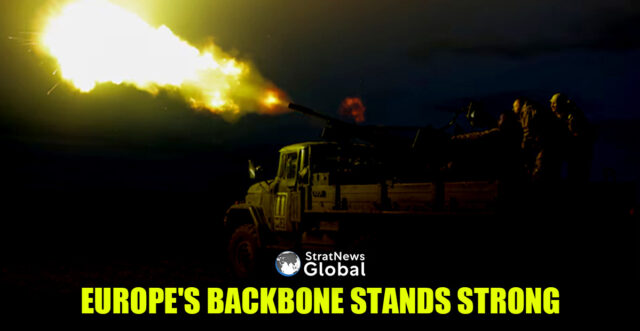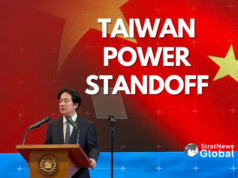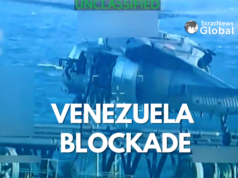Europe can sustain Ukraine‘s resistance against Russia even without U.S. military aid, Germany’s top arms supply coordinator told Reuters in a recent interview.
Major General Christian Freuding said NATO’s European members plus Canada had already exceeded the estimated $20 billion worth of U.S. military aid provided last year to Kyiv.
They accounted for around 60% of the total costs borne by the Western allies, he said.
“The war against Ukraine is raging on our continent, it is also being waged against the European security order. If the political will is there, then the means will also be there to largely compensate for the American support,” Freuding said in an interview.
Ukraine continues to receive weapons deliveries approved by former U.S. President Joe Biden. It is unclear, however, whether his successor Donald Trump will sign off on any new supplies – or allow third countries to purchase U.S. weapons for Kyiv.
Asked how long the Biden-approved deliveries will sustain Kyiv, Freuding said this depended on logistical processes as well as the speed at which Ukraine burns through arms and ammunition, but that the summer seemed a realistic estimate.
“How the American government handles further requests for military support for Ukraine is unclear at the moment. We can’t say anything about that,” he added.
“In general, the U.S. has a great interest in boosting its own defence industry. I make the cautious assumption that at least purchasing U.S. defence goods, and delivering them to Ukraine, will be possible.”
Russian Rearmament
Addressing the potential threat that Russia might pose beyond Ukraine, Freuding said Moscow had a clear plan to reconstitute and grow its military, and was expected to succeed in efforts to double its land forces to 1.5 million by 2026.
“They are recruiting significantly more personnel than they need as replacements for the war in Ukraine. They are producing surplus stocks of ammunition, in particular, which they are ‘putting on store'”.
Freuding said Russia was also ramping up its military infrastructure, especially in its western military district bordering the new NATO member Finland.
Any ceasefire in Ukraine could allow Russia to accelerate its rearmament efforts ahead of a possible large-scale attack on NATO territory, he said. The alliance currently believes this could occur from 2029.
“Of course, a ceasefire could change the threat situation,” Freuding said.
Russia denies planning to attack NATO and says it is waging a “special military operation” in Ukraine to protect its own security against what it casts as an aggressive, hostile West.
Germany has provided a total of 38 billion euros ($43 billion) in military aid to Ukraine, including funds earmarked for the coming years, making it the second largest donor after the United States, the defence ministry in Berlin says.
Freuding said he was not aware of the Trump administration having endorsed any U.S. arms deliveries to Kyiv paid for by third countries.
Still, making up for certain crucial parts of U.S. military support to Ukraine would pose significant challenges to Europe.
Listing capabilities that would be hard for Europeans to replace, Freuding cited U.S. intelligence, surveillance and reconnaissance (ISR) data, air defence systems like Patriot and spare parts for U.S. weapons.
“If we are capable of replacing specific (ISR) capabilities to a sufficient extent – we need to look into this when we definitely know the Americans won’t provide this data anymore.”
Ukraine uses U.S. intelligence data to help its air defence, and analysts say also for targeting.
($1 = 0.8757 euros)
(With inputs from Reuters)





